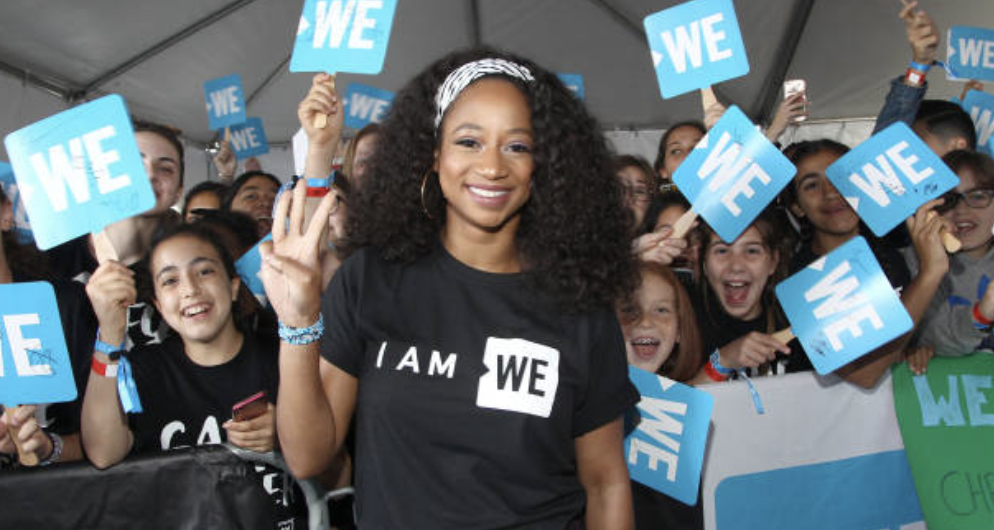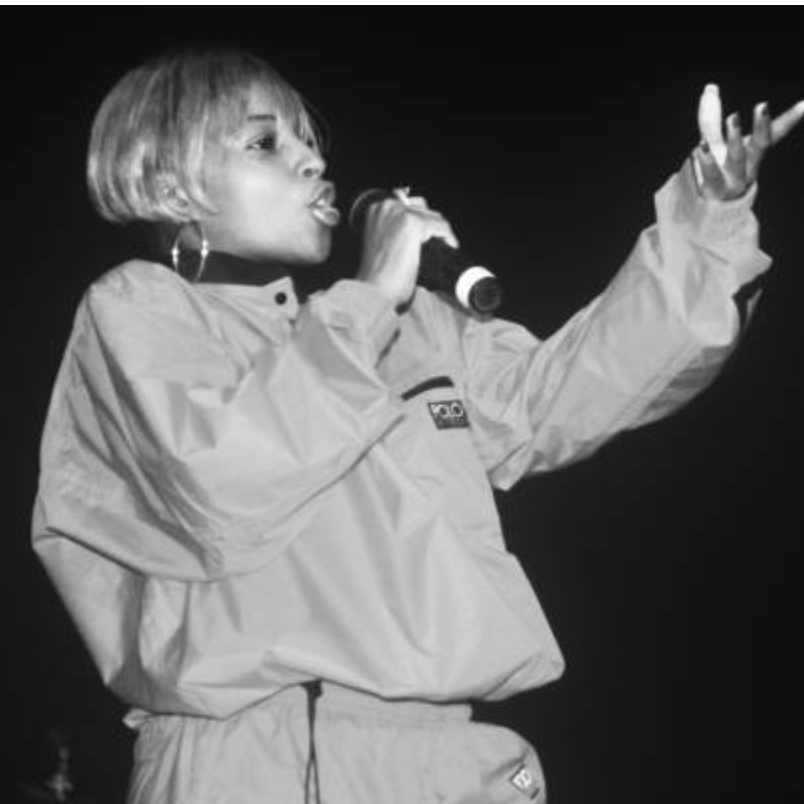Image via Getty Images
***
While megacorporations like Google may try to erase Black History Month from calendars, February’s tribute to, and celebration of, the African American community cannot be erased. February is, first and foremost, Black History Month, a monumental and culturally significant 28 (or 29) days of recognition for the African American community. And, unlike its romantic holiday counterpart, relationship status is irrelevant!
Despite the suspicion around Black History Month’s (BHM) assignment to the shortest month of the year, there is a meaningful reason for the month’s origins.
Founder of the Association for the Study of African American Life and History, Carter G. Woodson, established this celebratory month. He chose February because it contains the birthdays of two prominent names in Black history: Abraham Lincoln and Fredrick Douglass.
While the importance of celebrating Black culture should not be limited to this month, it does facilitate a plethora of art exhibits and events. To experience a piece of Black culture, Fordham students need look no further than their own campus grounds.

Monique Coleman at WE Day California on April 27, 2017. Photo via Getty Images
The Fordham Black Student Alliance (ASILI) is a student-led organization leading the University’s commemoration of Black History Month.. In an email interview, ASILI described itself as a space where “Black students and other students can come together to build community, share experiences, and engage in meaningful discussions.”
“Black History Month is a powerful time for us to celebrate our heritage,” declared ASILI. “It also provides an opportunity for students from diverse backgrounds to deepen their understanding of the struggles and triumphs that have shaped our community.”
The club recently hosted an event for BHM with award-winning actress, producer, and humanitarian Monique Coleman as the keynote speaker. Coleman is most recognizable for her role in the Disney hit High School Musical. Her accolades don’t end there; she is also a prominent voice for advocacy, being named Youth Champion by the United Nations in December of 2010. In her speech at Fordham Prep on February 12, Coleman shared her story and the significance of BHM.
“Black history is American history,” said Coleman.
The speaker articulated her experience feeling ostracized and being taken for granted for the color of her skin in her field. “For so long I was one black person in a lot of white spaces…I was not embraced in truth by a community,” orated Coleman. “I think that really messed with [my] identity.”
Coleman spoke in a relatable way such that even those in the audience who weren’t part of the Black community—myself included—could sympathize with what was being described. While we have progressed since the emergence of this month, there is still a lot of ground to cover.
Large international corporations are rolling back efforts to acknowledge the foundational, troubled histories and hardships of America. These instances remind us that, more often than not, the communities closest to you–not popular platforms—are where you will find the most support and camaraderie.
Although Fordham is a predominantly white institution (PMI), the demographics of the encompassing area include over 400,000 African American residents. Fordham University itself has established a specialized research committee called the Bronx African American History Project (BAAHP) that works to “identify, preserve, catalog, and make accessible” records of African descendants in the Bronx. Since we at Fordham are members of the Bronx community ourselves, it behooves us to inform ourselves of its history and culture.

Bronx-born Mary J. Blige performing live in 1993. Photo via Getty Images
In this commemorative month, all of us should emphasize learning about the community that suffered to shape and build this country and received little to no compensation. Each generation has the opportunity to improve upon the last, a point echoed by Coleman in her closing remarks.
“[Young people] are our greatest chance at progression,” asserted Coleman.
ASILI reiterated this sentiment, suggesting that “by coming together in recognition of our history, we continue to honor the past while inspiring the future.”
ASILI continues to make a “positive impact both on and off campus” year-round with service projects, food tastings, and an annual gala. ASILI can be found on Instagram, where you can contact them and find their members’ email addresses; they’re always happy to welcome new people with open arms.
For all of those who remain ignorant about what this month stands for, it is time to get’cha head in the game (in the words of Colemen) and devote some thought to the exploited people that preceded you being here. As the Lombardi Center reminds us, we are indeed “Bronx built,” so take this month to learn about who built the Bronx.
***
This article was edited by Hayley Dunn and Marielle Bianchi.
